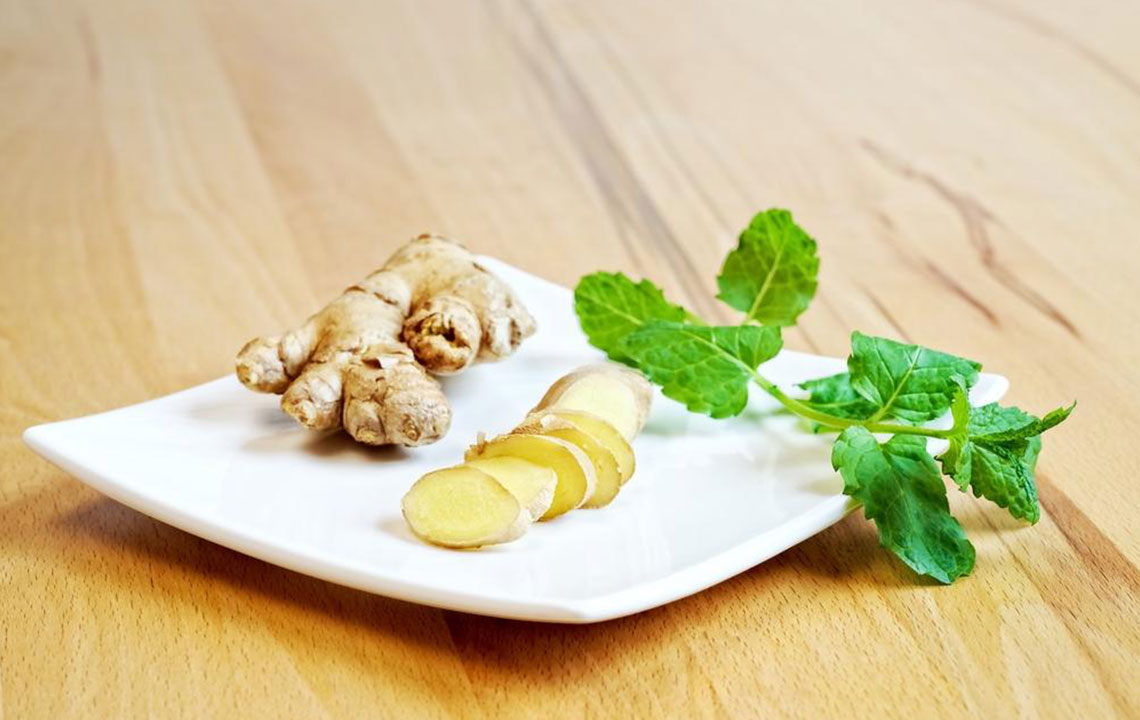Know How to Treat Constipation with Natural Remedies

If your body is functioning well and you are able to completely relieve yourself in the toilet every morning, everything goes well. However, if you are constipated, or if you are left feeling uneasy and bloated throughout the day, you have a problem. This also affects your general mood and work.
Americans are reputed to spend more than $1 Billion each year on laxatives. So, if you suffer from constipation, you are not alone. Don’t fret. There are natural ways to stimulate your bowels and get the system functioning properly. Try these before you start searching for OTC laxatives.
How to Treat Constipation: Simple Tricks to Try First
- If you are looking to how to treat constipation, put your feet up on a small stool while sitting on the toilet seat. This puts your body in a squatting position which is more natural and helpful for bowel movements.
- Drink a lot of water. Keeping your body hydrated can help in relieving constipation.
- Schedule regular times each day to go to the loo. This might help to train your system to relieve itself comfortably at those times.
- After a meal, take a walk. Don’t sit back and watch TV. Even a short walk can help the digestive system start its work, and you may find that eventually, your constipation problem disappears.
How to Treat Constipation With Home Remedies
If the above simple physical measures do not work, try some natural, food-based home remedies. We’ve picked a few for you.
Olive or Sesame Oil
Sesame oil and olive oil can act as lubricants in your digestive system, and they also aid in the digestion process. Consume a tablespoon of olive oil or sesame oil in the morning. You can also try sesame seeds instead of oil. You can add this flavorful seeds to salads, or add the crushed powder to your daily food as seasoning.
Blackstrap Molasses
Blackstrap molasses comes from the third boiling of sugar cane juice, and so it contains concentrated forms of vitamins and minerals, especially magnesium, which aids in digestion and bowel movement. You can add a teaspoon of this sweetener to tea or coffee, or add it to water and drink it.
Lemon Juice
This tangy fruit has citric acid that aids digestion. It also helps to clean the digestive tract from waste and toxins. When you add lemon juice to water and drink it, it provides the fluids necessary to clean out the system.
Fiber in Your Food
Include fiber-rich foods in your diet. Whole cereals, lentils, beans, nuts, fruits, and green leafy vegetables can provide enough fiber to help clean your system. The fiber is not digestible, but it acts as a scrubber that cleans your digestive tract. It also soaks up liquids and adds more bulk to the stools and help in excreting it out.
Flax Seed Oil
Flaxseed oil coats the walls of the intestines. It helps in the smooth movement of wastes in the system and flushes it out easily. This oil also stimulates more frequent bowel movements, which can help clean out your system, if you have been suffering from constipation for a long time.
Baking Soda
This bicarbonate helps push out the gas from your system and provides relief from a bloated stomach. It helps reduce acidity in the guts. Baking soda is a good remedy for digestive problems and can provide relief from constipation.
Aloe Vera – Not Just For Your Skin
Pure Aloe Vera gel or juice can help your digestive system function smoothly and can answer to how to treat constipation. If you have an aloe vera plant at home, extracting fresh gel works best. Good quality packed aloe juice can also help. Consume 2 tablespoons of aloe gel, or a whole cup of juice each day.
Coffee
The caffeine in the coffee stimulates your digestive system, hence it should be consumed in moderate quantity. Take one or two cups to keep yourself fresh and awake and to get relief from constipation. However, coffee is also a diuretic. So it can dehydrate the system and induce constipation if you drink too much. Keep your coffee consumption levels in moderation to get the best results.
Prune Juice
Prunes are high in fiber and contain sorbitol which helps to soften stools. Drink two glasses of prune juice per day, once in the morning and once in the evening. Consuming excessive amount of this juice can result in diarrhea, so limit yourself to just 8 ounces per day.
Take care that you do not go overboard with these. Try a single remedy and get advice from natural healing experts to find if a particular remedy will be right for you, and how much to take.
Constipation can be a stressful condition that affects every aspect of your life if you leave it untreated. Before you try laxative drugs, try out a few simple natural remedies first. Mostly, the body responds well to natural stimulants, and may soon set itself right without having to take special medicines.
Regularize your mealtimes and eat a healthy diet to keep your digestive system healthy.


